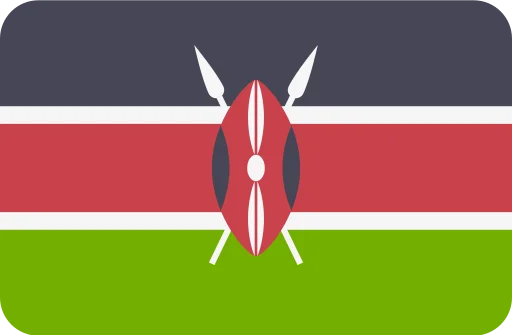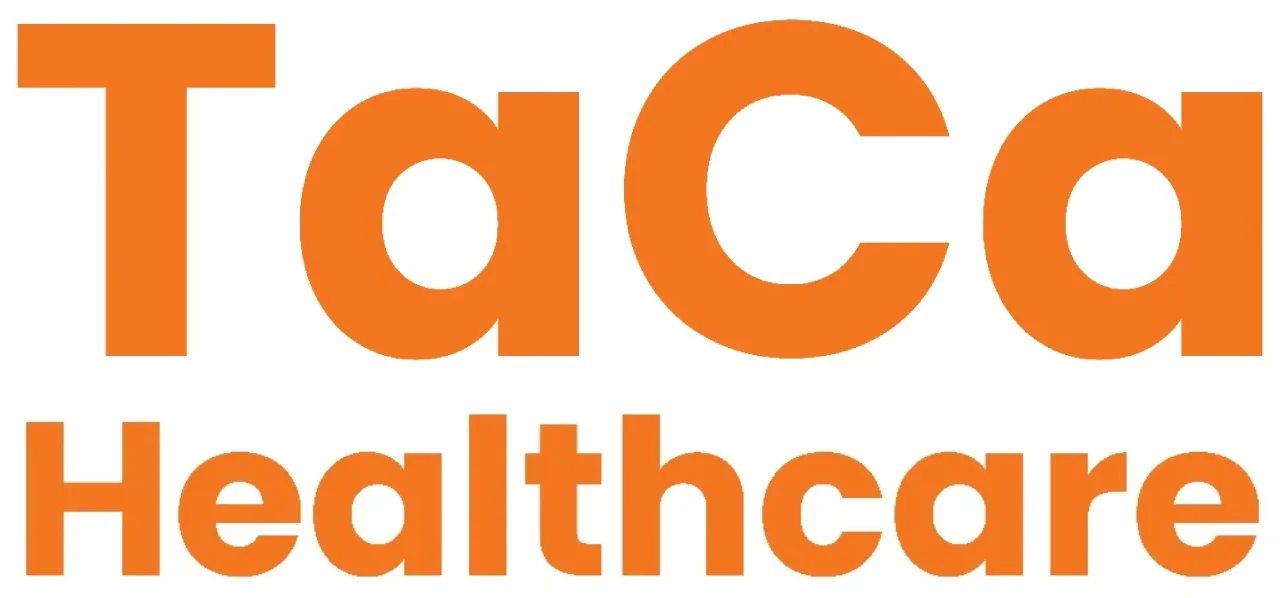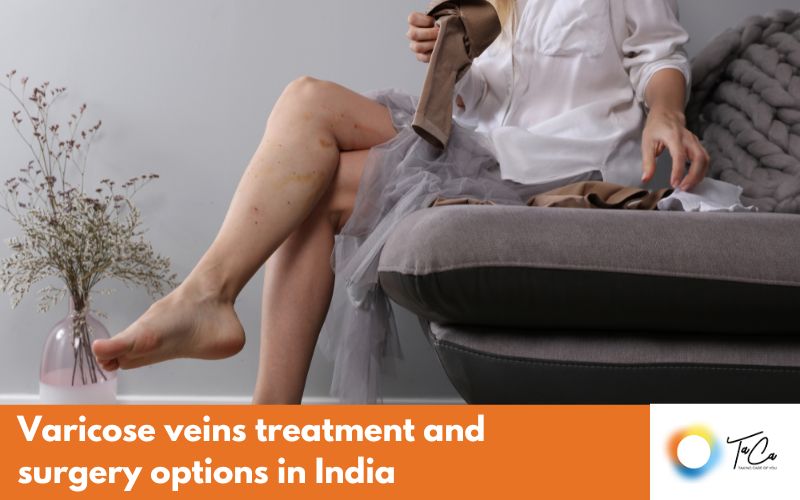Varicose veins are a common condition that affects the veins in the legs. They occur when the valves in the veins fail to function properly, causing blood to flow backwards and pool in the veins. This can cause the veins to become swollen, twisted, and painful. In this article, our varicose veins specialist will discuss varicose veins in detail, including their symptoms, treatment options, and exercises that can help reduce their severity.
Symptoms of Varicose veins
The symptoms of varicose veins can vary from person to person. Some people may experience mild symptoms, while others may have more severe symptoms. Some of the most common symptoms of varicose veins include:
- Bulging veins: One of the most obvious symptoms of varicose veins is the appearance of bulging veins in the legs. These veins may be blue, purple, or red in color and may be visible just under the skin’s surface.
- Pain and discomfort: Varicose veins can cause pain and discomfort, especially after prolonged periods of standing or sitting. The pain may be described as a dull ache, heaviness, or a burning sensation.
- Swelling: Swelling is visible in the legs and ankles. This swelling may be worse after prolonged periods of sitting or standing.
- Itching and burning: Itching and burning sensations in the legs, which can be very uncomfortable.
- Skin changes: Varicose veins can cause changes in the skin, including darkening, dryness, and thinning. The skin may also be prone to developing ulcers.
- Restless legs: It often leads to restless legs syndrome, which is a condition characterized by an uncontrollable urge to move the legs.
Treatment of Varicose veins in India
There are several treatments available for varicose veins in India, ranging from lifestyle changes to surgical procedures. The most common treatments include:
- Lifestyle Changes: Making lifestyle changes such as exercising regularly, losing weight, and avoiding prolonged sitting or standing can help improve circulation and reduce the symptoms of varicose veins.
- Compression Stockings: Wearing compression stockings can help improve circulation and reduce the symptoms of varicose veins. These stockings apply pressure to the legs, which helps to push blood back up towards the heart.
- Sclerotherapy: This non-surgical treatment involves injecting a solution directly into the affected vein. The solution causes the vein to collapse and eventually disappear.
- Endovenous Laser Treatment (EVLT): This minimally invasive treatment involves using a laser to heat and close the affected vein.
- Radiofrequency Ablation (RFA): This minimally invasive treatment involves using radiofrequency energy to heat and close the affected vein..
Varicose Veins Surgery in India
Endovenous Laser Surgery Treatment
EVLT involves the use of laser energy to seal off the affected vein, causing it to collapse and be absorbed by the body.
The procedure is usually performed by a vascular surgeon or an interventional radiologist, and it typically takes less than an hour to complete. Here are the general steps involved in the procedure:
- Before the procedure, the patient is typically given a local anesthetic to numb the area around the vein being treated. The surgeon will then make a small incision near the vein, usually near the knee or ankle.
- Next, a thin laser fiber is inserted through the incision and into the affected vein. The surgeon uses an ultrasound device to guide the fiber to the correct location.
- Once the fiber is in place, the surgeon activates the laser, which heats up the inside of the vein. This causes the vein to collapse and seal shut.
- After the vein has been treated with the laser, the surgeon may remove the fiber and apply a bandage to the incision site.
- The patient may be asked to wear compression stockings or bandages for a few days after the procedure to help reduce swelling and promote healing.
- Some possible risks and side effects of EVLT include bruising, swelling, mild discomfort, and temporary changes in skin color around the treated vein. In rare cases, more serious complications such as blood clots or nerve damage can occur.
Overall, EVLT is a safe and effective treatment for varicose veins, with a success rate of around 95%.
Sclerotherapy surgery
Sclerotherapy is typically performed by a dermatologist, a vascular surgeon, or an interventional radiologist, and it can be completed in as little as 30 minutes. Here are the general steps involved in the procedure:
- Before the procedure, the patient will typically have a consultation with the physician to determine if sclerotherapy is the right treatment option for them. The physician may also perform an ultrasound to evaluate the extent and severity of the vein problem.
- On the day of the procedure, the patient will be asked to lie down on an examination table and the affected area will be cleaned and sterilized. The physician will then use a very fine needle to inject the sclerosing solution directly into the affected vein.
- The solution irritates the lining of the vein, causing it to collapse and stick together. The physician may use compression or massage techniques to help disperse the solution and ensure that the vein is completely collapsed.
- Depending on the size and number of veins being treated, multiple injections may be needed during the procedure.
- After the procedure, the patient may be asked to wear compression stockings or bandages to help promote healing and prevent blood clots.
Radiofrequency Ablation surgery
RFA is typically performed by a vascular surgeon or an interventional radiologist, and it can be completed in as little as 30 minutes. Here are the general steps involved in the procedure:
- Before the procedure, the patient will typically have a consultation with the physician to determine if RFA is the right treatment option for them. The physician may also perform an ultrasound to evaluate the extent and severity of the vein problem.
- On the day of the procedure, the patient will be asked to lie down on an examination table and the affected area will be cleaned and sterilized. The physician will then use a local anesthetic to numb the area around the vein being treated.
- Next, a thin catheter is inserted into the affected vein through a small incision, usually near the knee or ankle. The catheter is then guided up to the problem area using an ultrasound or other imaging technology.
- Once the catheter is in place, the physician activates the radiofrequency energy, which heats up the inside of the vein. The heat causes the collagen in the vein walls to contract and seal shut.
- After the vein has been treated with the radiofrequency energy, the catheter is removed and a bandage is applied to the incision site.
The patient may be asked to wear compression stockings or bandages for a few days after the procedure to help reduce swelling and promote healing.
Exercises for Varicose Veins
Regular exercise can help improve circulation and reduce the severity of varicose veins. Some exercises that can be particularly helpful include:
- Walking: Aim to walk for at least 30 minutes a day, several times a week.
- Cycling: Consider using a stationary bike if you have difficulty cycling outdoors.
- Leg raises: Lie on your back and lift your legs up towards the ceiling. Hold for 10 seconds, then lower your legs back down. Repeat 10-15 times.
- Calf raises: Stand with your feet hip-width apart and raise up onto the balls of your feet. Hold for a few seconds, then lower back down. Repeat 10-15 times.
Varicose Veins Treatment in India
India is home to several world-class hospitals that offer treatment for varicose veins. Taca Center for surgery is one of the top hospitals for varicose veins treatment
When choosing a hospital for varicose veins treatment in India, it is important to consider factors such as the hospital’s reputation, the experience of the doctors, and the quality of the facilities. You should also consider the location of the hospital near you and the cost of treatment.






